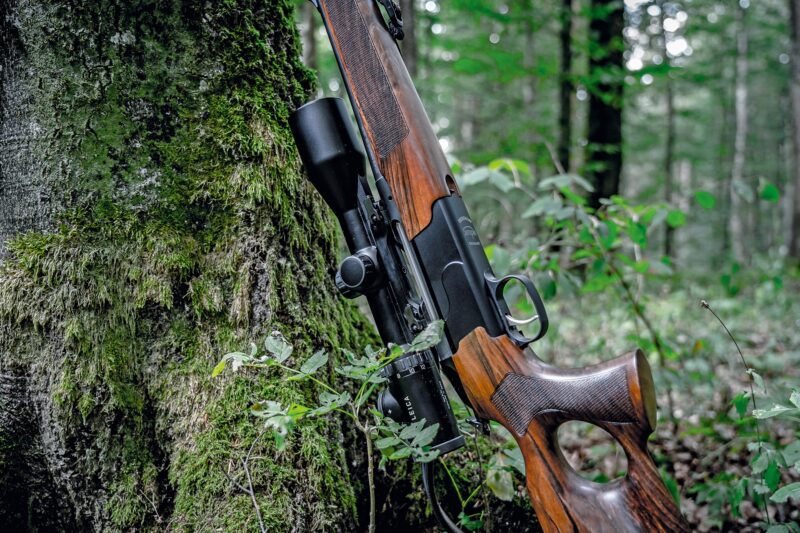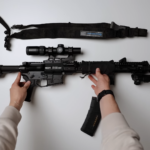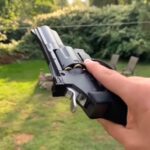Single-shot and repeating firearms represent two fundamental categories with distinct operating mechanisms. A single-shot firearm, as the name implies, can fire only one bullet before it needs to be manually reloaded.
In contrast, repeating firearms can fire multiple bullets without the need to reload after each shot, thanks to mechanisms like magazines or cylinders that store multiple rounds of ammunition. This difference primarily affects their rate of fire, complexity, size, and usage, making each type suitable for different purposes.
To make the best choice for your needs, make sure you purchase from licensed firearm professionals. Browse respected online platforms like Arms Directory where you can not only find a professional gun dealer but also seek advice and network.
Key Differences
| Aspect | Single-Shot Firearms | Repeating Firearms |
|---|---|---|
| Rate of Fire | Can fire only once before reloading | Can fire multiple times rapidly |
| Complexity & Reliability | Simpler and often more reliable due to fewer parts | More complex with higher chances of mechanical failure |
| Weight & Size | Lighter and smaller | Heavier and larger |
| Usage | Primarily used for hunting, target shooting, and training | Used in military, law enforcement, personal defense, and competitive shooting |
| Cost & Maintenance | Less expensive and easier to maintain | More expensive and requires more maintenance |
Single-Shot Firearms: A Brief Overview
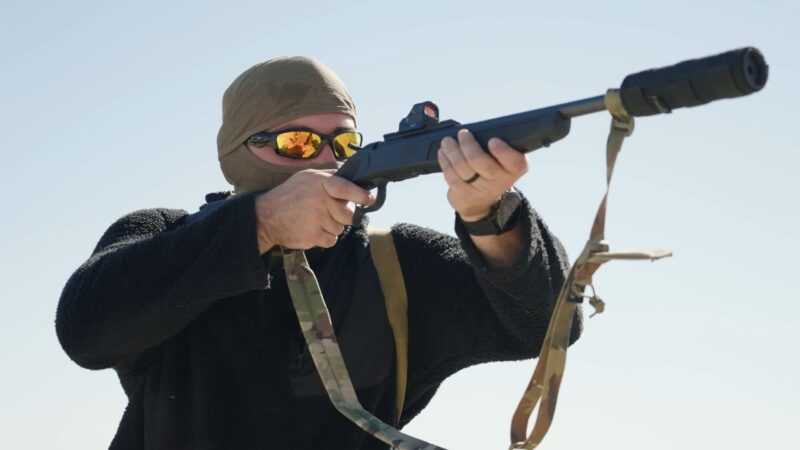
Single-shot firearms are the simplest form of gun. As the name suggests, they can fire only one shot at a time. After firing, the shooter must manually reload the weapon before it can be fired again. These firearms have been around since the invention of gunpowder and were the first type of firearm ever made.
Their design is a testament to the ingenuity of early gunsmiths. Despite technological advancements, they remain an important part of firearm history.
The Mechanism
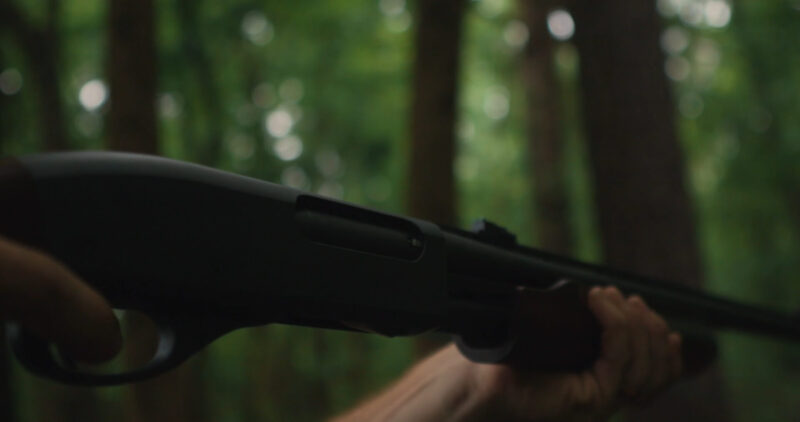
Their mechanism is straightforward. It involves a barrel, a firing mechanism (like a hammer or striker), and a method to load a single round of ammunition. Once the round is fired, the empty cartridge must be manually ejected, and a new round must be loaded.
This simplicity limits mechanical issues and makes them easy to manufacture. Additionally, their design encourages careful aim and shot placement, a skill highly valued in marksmanship.
Where Can They Be Used?
Single-shot firearms played a crucial role in early firearm development. They were used in various historic battles and were the primary type of firearm until the mid-19th century. Their simplicity made them reliable, though their slow rate of fire was a significant limitation.
They symbolized the beginning of the firearm era in military history. In many cultures, these firearms are cherished as historical artifacts, marking the evolution of warfare. Today, single-shot firearms are less common but still have their uses.
They are popular for hunting, especially for beginners, as they teach discipline and marksmanship. They are also used in certain shooting sports and as training firearms. Many collectors and history enthusiasts seek these firearms for their historical value. In addition, their use in ceremonial contexts highlights their enduring cultural significance.
Repeating Firearms
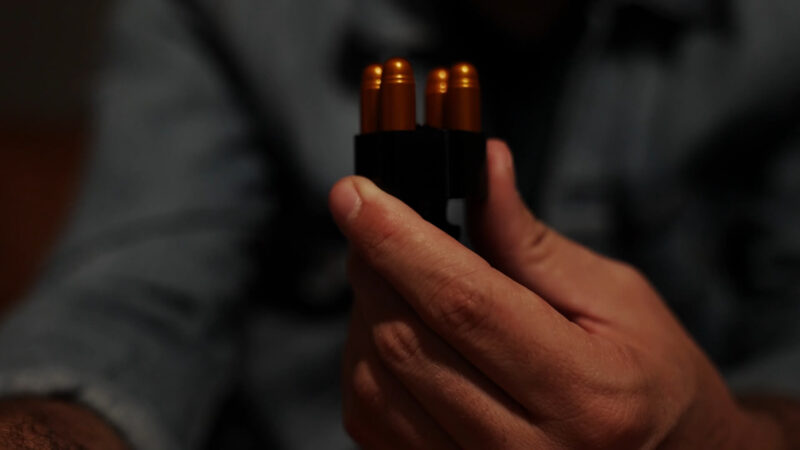
Repeating firearms represents a technological leap in the world of guns. Unlike single-shot firearms, repeating firearms can hold multiple rounds of ammunition and can be fired repeatedly without reloading after each shot.
This capability marked a significant milestone in firearm engineering, offering a blend of firepower and efficiency previously unattainable.
The Mechanism
Repeating firearms use a magazine or cylinder to store multiple rounds of ammunition. After each shot, the firearm automatically or manually readies the next round for firing, significantly increasing the rate of fire compared to single-shot firearms. The intricacy of this mechanism varies across different models and designs.
This advancement not only improved the firepower but also transformed the way battles were fought, placing a higher emphasis on the volume of fire.
Where Are They Used?
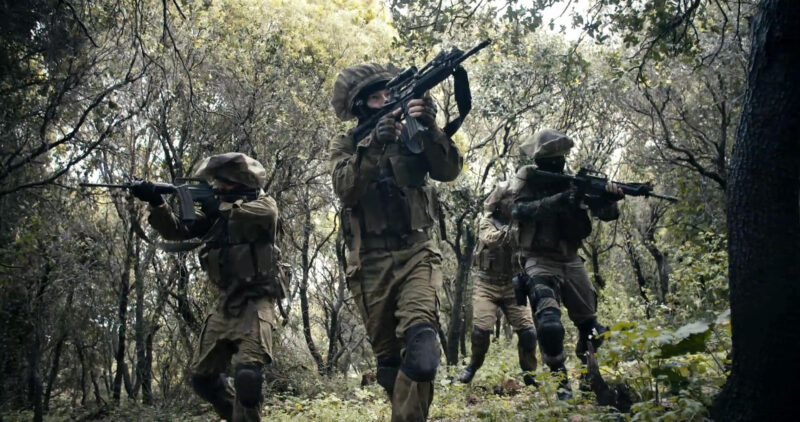
The invention of repeating firearms revolutionized warfare and personal defense. They allowed soldiers and individuals to fire multiple rounds in quick succession, drastically changing battle strategies and personal defense capabilities.
The introduction of repeating firearms in wars altered the landscape of military tactics, leading to more aggressive combat styles. This period marked a turning point in military history, where firepower began to take precedence over traditional combat forms.
Repeating firearms dominate today’s firearm market. They are used in military, law enforcement, personal defense, and various shooting sports. Their ability to fire multiple rounds quickly makes them preferred for situations requiring rapid response.
The widespread adoption of these firearms underscores their effectiveness in various scenarios, from home defense to tactical operations. Moreover, their prevalence has influenced gun culture globally, shaping laws, regulations, and public perception of firearms.
FAQs
Can single-shot firearms be customized for better performance?
Yes, single-shot firearms can be customized, though the extent of customization is usually less than that of repeating firearms. Modifications can include trigger adjustments, barrel changes for accuracy, and custom stock fitting for improved ergonomics.
Are repeating firearms more susceptible to jamming than single-shot firearms?
Generally, yes. Repeating firearms, due to their more complex mechanisms involving multiple moving parts for feeding and ejecting ammunition, can be more prone to jamming. Proper maintenance and using high-quality ammunition can minimize this risk.
How does the recoil compare between single-shot and repeating firearms?
Recoil can vary greatly depending on the specific firearm and ammunition, but single-shot firearms often have more perceived recoil. This is because they typically lack the recoil-absorbing mechanisms often found in repeating firearms, such as gas-operated systems.
Can you convert a single-shot firearm into a repeating firearm?
Converting a single-shot firearm into a repeating one is generally impractical and unsafe. The design and mechanism of these two types of firearms are fundamentally different, requiring more than just simple modifications.
Are there legal differences in owning single-shot vs. repeating firearms?
Legal differences can vary by country and region. In some places, single-shot firearms may be subject to fewer restrictions due to their limited firing capacity. Always check local laws and regulations when considering firearm ownership.
Is the accuracy of single-shot firearms better than repeating firearms?
Single-shot firearms are often praised for their accuracy, primarily due to their simple design and the stability of having fewer moving parts. However, the accuracy of any firearm depends on the quality of its manufacture, the skill of the shooter, and the shooting conditions. Some high-quality repeating firearms are equally accurate.
Summary
The main difference between single-shot and repeating firearms lies in their firing capacity and operational mechanisms. Single-shot firearms are simpler, allowing only one shot at a time and requiring manual reloading, making them reliable but slower in firing rate. They are commonly used for hunting, target shooting, and training.
On the other hand, repeating firearms can fire multiple shots rapidly without the need for reloading each time, owing to their magazines or cylinders. This feature makes them more complex and slightly more prone to mechanical issues, but they offer a quicker response, making them ideal for military, law enforcement, and personal defense scenarios.
Each type has its unique advantages and applications, reflecting the diversity and evolution in firearm technology.

